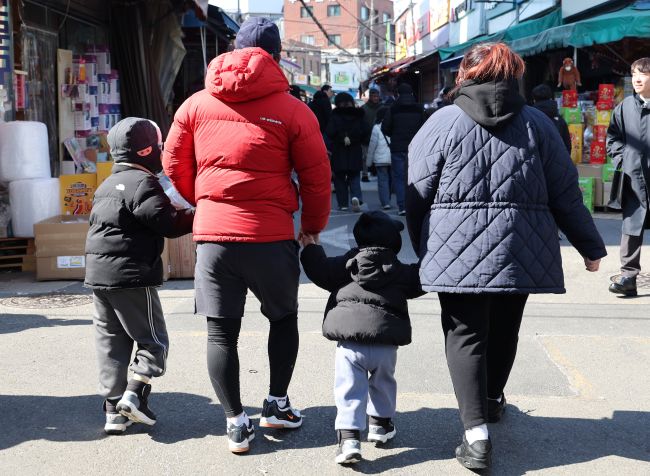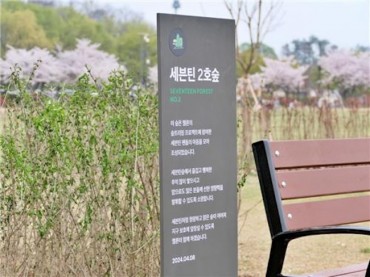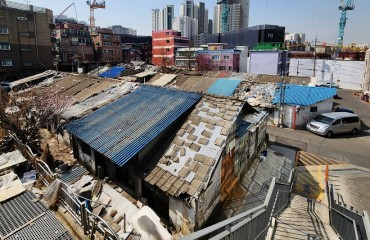
The struggles of dual-income couples who are constantly pressed for time (Image supported by ChatGPT)
SEJONG, June 20 (Korea Bizwire) – More than 60 percent of South Korean couples in their 30s and 40s now live in dual-income households, reflecting shifting work-life dynamics as economic pressures and evolving gender roles reshape family life. Meanwhile, single-person households continue to surge, surpassing 8 million for the first time, according to new government data.
In a report released Thursday, South Korea’s Statistics Korea said that as of October 2024, dual-income households accounted for 48.0% of all married couples — or approximately 6.09 million out of 12.67 million married households.
While this marks a slight decline of 0.2 percentage points from the previous year, dual-income rates have risen significantly among younger couples.
Among those in their 30s and 40s, the dual-income rate stood at 61.5% and 59.2%, respectively, both showing year-on-year increases. In contrast, rates declined among households aged 15–29 and those over 60.
Households with children under 18 also reported a rise in dual-income status, reaching 58.5%, up 1.7 percentage points. Notably, the share peaked at 64.1% for families whose youngest child was between 13 and 17 years old.
Data also revealed that in over one-third of dual-income households, both spouses worked in the same industry (35.3%) or held similar jobs (37.7%). On average, husbands worked 42.4 hours per week, while wives averaged 35.7 hours, both slightly down from the previous year.

Dual-income couples can take up to a combined three years of parental leave. (Image courtesy of Yonhap)
Regionally, Gyeonggi Province recorded the highest number of dual-income couples (1.57 million), followed by Seoul (901,000) and South Gyeongsang Province (425,000). Jeju Island led in proportion, with 62.2% of married couples living in dual-income households.
The report also spotlighted a significant demographic shift: single-person households surged to over 8 million, up by more than 610,000 in just one year. Of these, 5.1 million were employed, marking a substantial increase of 426,000, with the employment rate among solo households climbing to 63.7%.
Single earners worked an average of 38.2 hours per week, with men working 40.6 hours and women 35.2 hours. In terms of wages, the largest group earned between 2 million and 3 million won per month (31.9%), while those earning over 4 million won rose by 2.1 percentage points, signaling upward mobility in parts of the solo workforce.
Professionally, the largest segments among one-person earners were professionals (24.8%), office workers (16.8%), and elementary laborers (15.3%). Gyeonggi, Seoul, and South Gyeongsang Province had the highest numbers of employed solo residents, while Sejong, Jeju, and Ulsan reported the highest employment ratios.
The data comes as the administration of President Lee Jae-myung navigates an evolving labor landscape shaped by demographic shifts, economic uncertainty, and changing gender norms.
Amid global realignments and deepening U.S.–Korea ties under the second Trump administration, South Korea’s internal transformation continues to be driven not only by industrial policy but also by the quiet revolution taking place in homes across the nation.
Lina Jang (linajang@koreabizwire.com)






